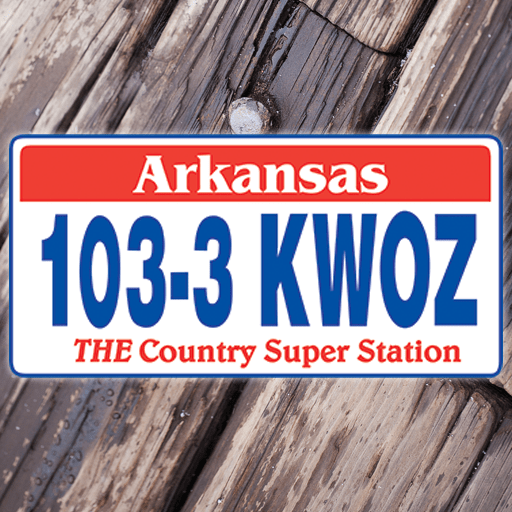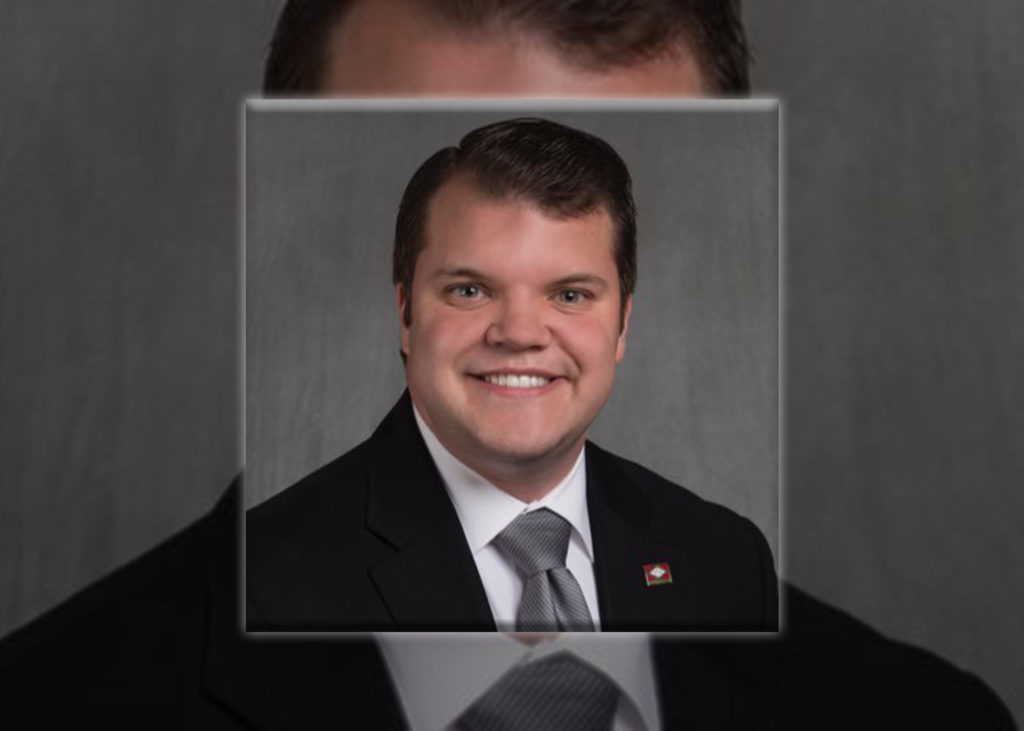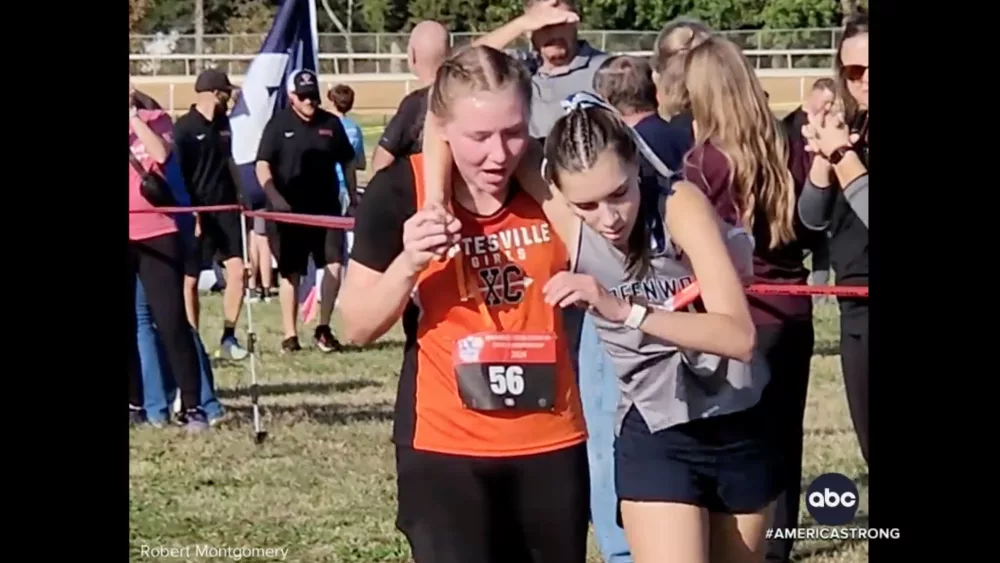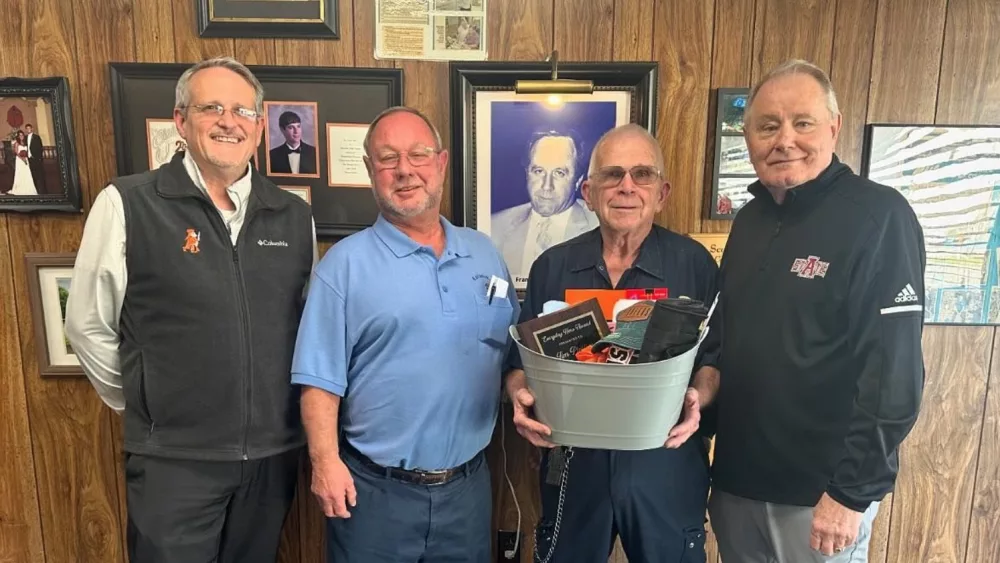The University of Arkansas for Medical Sciences (UAMS) received a grant of $4.6 million to boost its program to encourage primary care physicians to practice in rural areas.
UAMS, the state’s main medical school, has eight regional campuses around the state. They will partner with the UAMS College of Medicine and its Department of Family and Preventive Medicine.
The dean of the college noted the importance of retaining primary care physicians in rural areas, saying “Arkansas still has one of the worst physician shortages in the nation and we’re among the states projected as most likely to have serious primary care shortages by 2025.”
The rural population is relatively older, and therefore has a higher demand for medical services.
With the grant money, the college will recruit more medical students from under-served areas because they are considered more likely to return to their hometowns to practice medicine.
The college will increase the number of clinical sites available to teach medical students, and increase training and faculty opportunities at those sites.
The grant will be used also to strengthen relations with Community Health Centers, the Arkansas Rural Health Partnership, the University of Arkansas at Pine Bluff, and Philander Smith College in Little Rock, which are historically black colleges.
The state Health Department considers 50 of the 75 counties in Arkansas as meeting the definition of an under-served area, due to the lack of health professionals available to serve the population. More than 500,000 people, or a sixth of the states’ total population, live in those areas.
Legislators working on health care recently heard a presentation from officials at UAMS and the Arkansas Hospital Association. There are 23 counties in Arkansas that do not have a local hospital and there are 39 counties with only one hospital.
Of the 105 hospitals in Arkansas, 17 are at the highest level of financial risk. The number used to be 18 until the hospital in DeQueen, which was on the list, closed.
Twenty-five counties and cities levy a tax to support their local hospital.
“Getting to a doctor is a huge challenge in rural areas,” the chancellor of UAMS told legislators.
Rural areas are in need of more trained nurses, especially in specialty fields such as critical care and labor and delivery. The shortage is expected to worsen because about a third of nurses are older than 50, and many will retire within the next decade.
One reason for the nursing shortage is a lack of faculty at nursing colleges. In 2017, according to the Arkansas Center for Nursing, 3,905 nursing students were accepted into one of the 56 nursing programs in the state while 1,954 were turned away because of a lack of faculty or clinical space.
Of the 949 faculty at nursing programs, 614 were older than 50 in 2017. Many are expected to retire within 10 or 15 years. They will be more difficult to replace because in general, faculty must have a master’s or a doctoral degree.
The number of male nurses has gone up, but only slightly. In 1960, only 2 percent of nurses were male and today the ratio is 13 percent.
James Sturch, a lifelong resident of Independence County, is currently serving as the State Senator for District 19 in the Arkansas State Senate.











